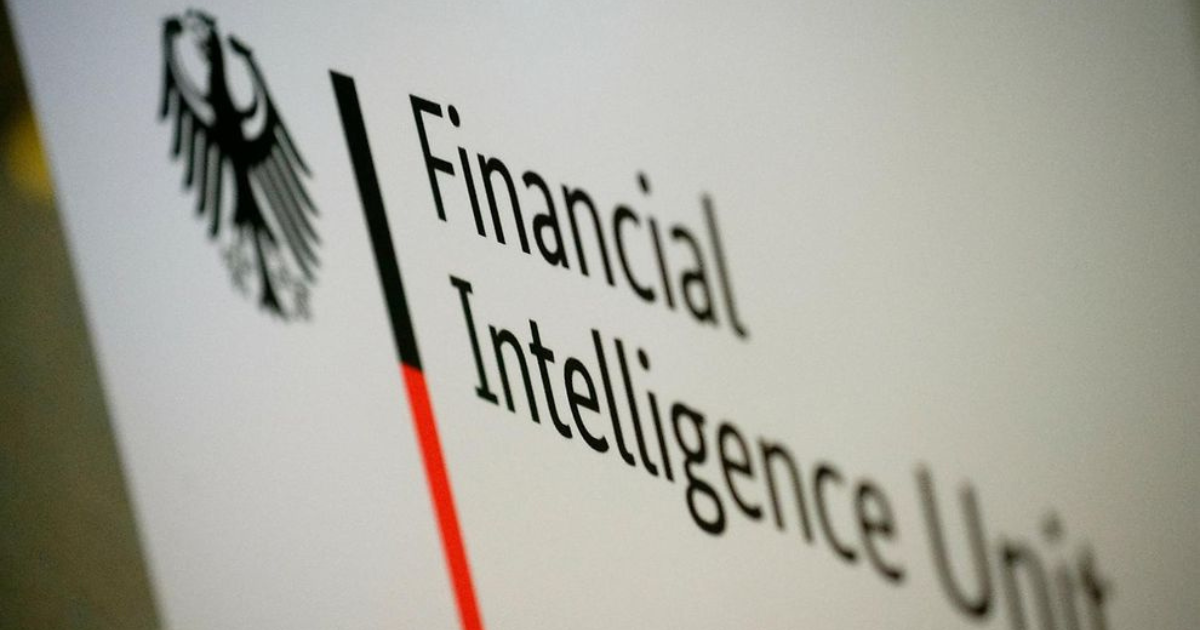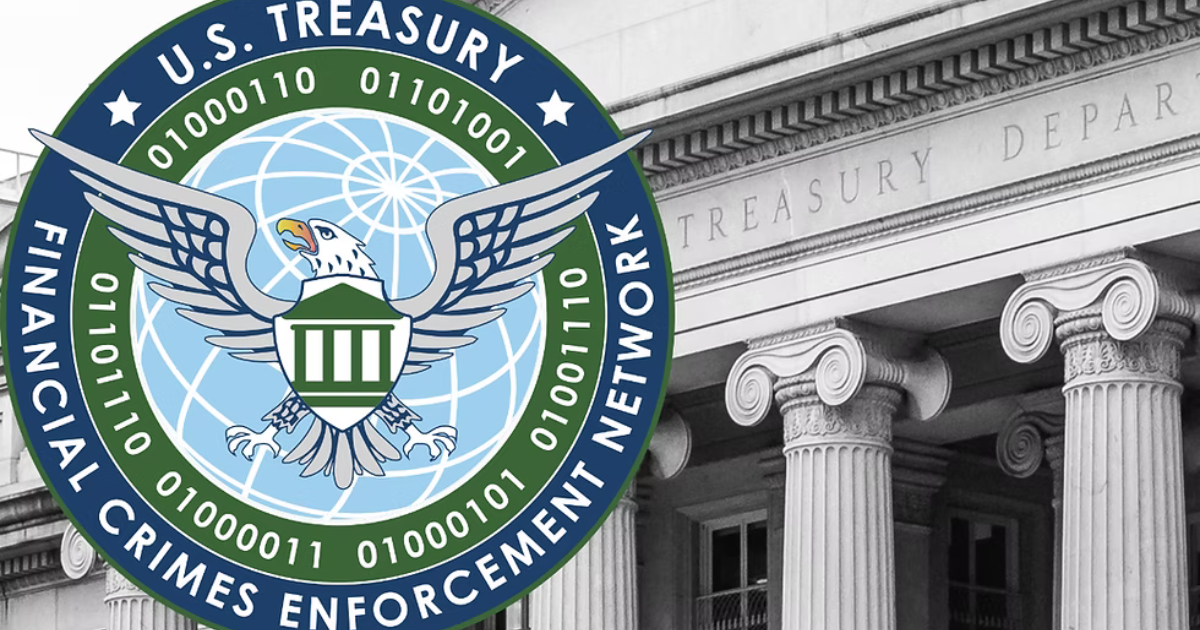The number of suspicious crypto transactions has been records high in Germany. In 2024, the government marked an 8.2 percent cryptocurrency-related increase in cases. The Financial Intelligence Unit (FIU) got 8, 711 reports concerning crypto-related cases. It is the former representing a new high ever, yet the total suspicious activity declined.
Key-Takeaways:
- By 2024, the suspicious crypto cases in Germany had risen by 8.2 percent to 8,711 reports- majority being Bitcoin and online platform related.
- Crypto-related crime is growing around the world, and the UK and the US also identify a considerable rise in suspicious activity.
- A decrease in transaction volumes has not affected crypto crime that stays at the level of $50 billion annually, proving that it is laundered through it.
German authorities Tracking Crime Growth in Cryptocurrencies

According to the annual report presented by the FIU, the majority of the suspicious crypto transactions were related to Bitcoin, then Ethereum, Tether, and Litecoin. Such assets were commonly related to trading platforms, mixing services, and internet gambling.
Authorities cautioned that the use of crypto is becoming popular in laundering the proceeds of crime. They emphasized its increase in money laundering activities.
These reports were filed by German banks and financial services companies as required by regulatory authorities to monitor and reporting suspicious financial transactions which may be crimes.
This is indicated by the 8.2 percent rise in suspicious crypto transactions despite the FIU introducing more rigid reporting instructions to curb irrelevant reporting, meaning that the rise is more likely to reflect real issues over cryptocurrency misuse rather than an increase in reporting.
International Trends Show the German Increase in Crypto Crime

The cases of suspicious crypto transactions are rising in the whole world and not only in Germany. The National Crime Agency of the UK stated that crypto exchanges were associated with 6.6 percent of all suspicious activity reports. The number of total reports approached 872,000, and an increase in terrorism financing suspects and account freeze.
In the US, FinCEN extracted more than 8,600 suspicious crypto transactions reports in the 2023 fiscal year. In part, this increase was fueled by a September advice that led to the spiking of weekly filings to reach 1,560 reports. A total of 4.6 million suspicious activity reports were filed that year by American entities, with the cases involving cryptocurrency constituting a massive part of financial crime investigations.
The Amount of Money Laundering Uncovers the Criminal Attraction of Crypto

Chainalysis statistics show the extent of suspicious crypto activity across the globe. In 2022, laundered crypto was $31.5 billion, but then in 2023, it fell to $22.2 billion. Nevertheless, volumes are still high compared with the time before 2021. Financial enforcers are yet to control crypto-related crime, which is a significant problem.
According to Chainalysis, total crypto transactions fell by 15 percent in 2023. At the same time, laundered crypto volume dropped by approximately 30 percent. Nevertheless, the use of crypto in crimes remained at $50 billion annually between 2022 and 2024. This indicates that digital assets are still a popular instrument of transferring illegal money.
Financial regulators are changing their tactic of fighting suspicious cryptocurrency transactions by increasing monitoring and reporting obligations. In 2024, the FBI noted dramatic rises in cryptocurrency-related fraud, with losses of at least $9.3 billion signifying a 66 percent jump over 2023. These were losses incurred through investment schemes, extortion, sextortion, and fraud in relation to cryptocurrency ATM/kiosks.
Christopher Delzotto, section chief of the financial crime section of the FBI, disclosed that the agency has suffered over 5,400 individuals targeted by cryptocurrency-associated swindles in the period between January 2024 and April 2025. The fact that many victims did not even realize that they were targeted illustrates the advanced level of suspicious crypto transactions and proves that better public education and regulatory monitoring are necessary.
Conclusion

The suspicious crypto transactions represent an increasing difficulty as digital assets are used in fraud and laundering by criminals. The German record reports reflect the trends in the world, challenging regulators to intensify surveillance. With the development of crypto, governments will have to find a balance between innovation and measures to ensure the integrity of finances.










